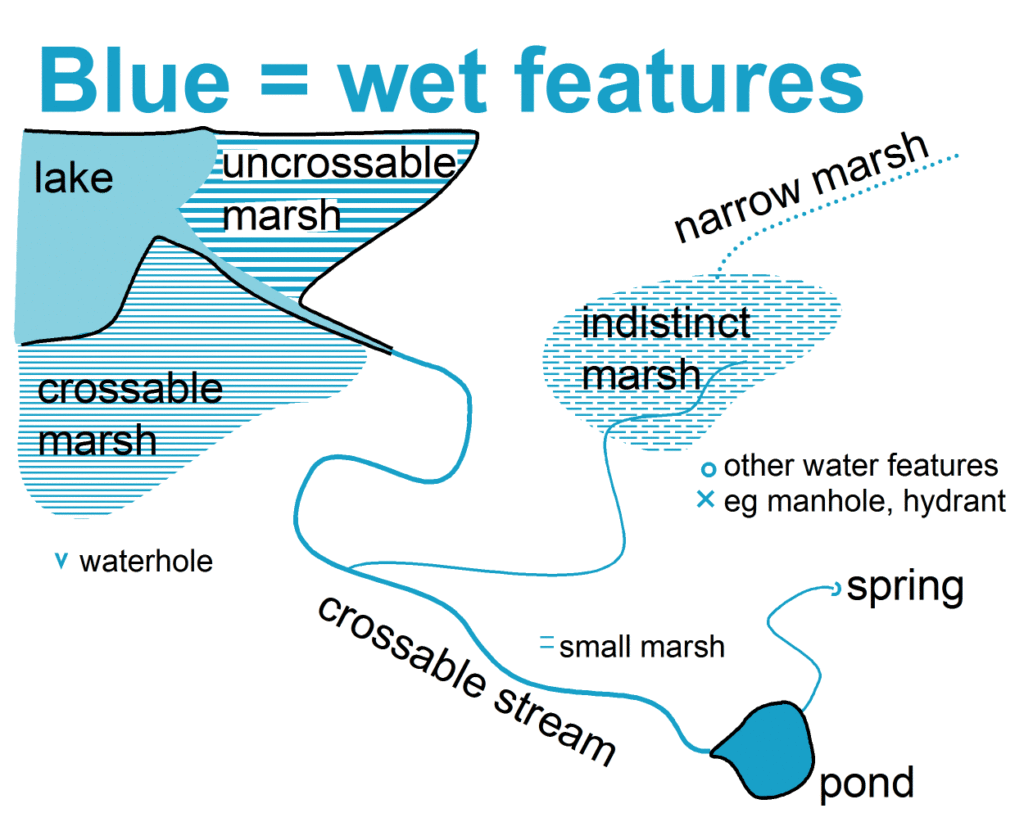Orienteering is suitable for all ages and fitness levels. It can be a competitive race combining strategic thinking, navigation, and cross-country running. But it can also be enjoyed as a recreational activity, as a unique way to experience the woods.
A standard orienteering course consists of a series of control sites that are marked by circles on the map. In the terrain, control flags mark the locations that you must visit. The route between controls is not specified, and it is entirely up to you to choose your own route. This element of route choice and the ability to navigate through the forest are the essence of orienteering.
There are many online resources which can help you to develop your orienteering skills:
- Beginner’s Guide
By Columbia River OC, Portland, Oregon - Learn Orienteering
A comprehensive guide, by Linda Hildebrandt, Victoria, BC - Staying on the Map
Two page tutorial on map techniques, by Bob Burg / Orienteering Unlimited - Orienteering: Skills | Techniques | Training
E-book by Carol McNeill, 282 pages, 2010
A highly recommend book for all levels. The first 60 pages of the e-book are available free of charge. The hard copy is available at the 0-store.
- The Right Direction with a Thumb Compass
Overview of the different models and how to use them. - Training Subscription Service by Greg Ahlswede
Simulation exercises to improve map-reading while running
Start Orienteering | Newcomer guide (5:28 Min video):
How to navigate when you have only contour lines? Elite runner Raffael Huber shows you how to execute a difficult leg from the JWOC 2016, in the terrain:
Practice your Map Symbols
Each color on the map refers to a different type of feature (click to enlarge).
(Source: Edmonton Overlanders Orienteering)







